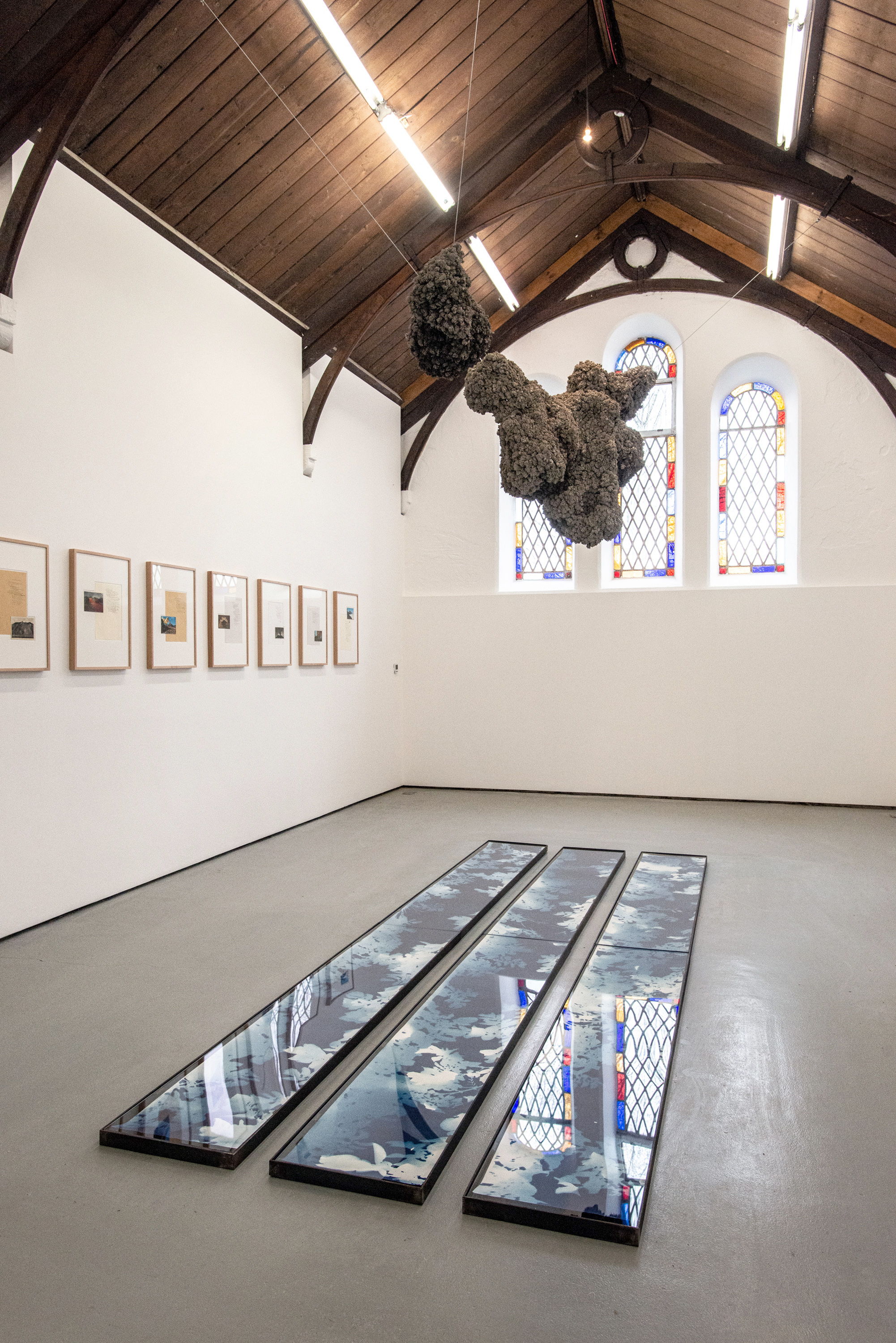Portrait © Michael Reynolds
The Australian-born curator has been responsible for some of the most significant shows of the last 15 years. She talks fairs, mentors, and the problem with arts education
Dr Susan Bright is a British-Australian curator based in London. In 2007 she co-curated How We Are at Tate Britain, the first major exhibition of British photography at the institution, featuring Julia Margaret Cameron, Cecil Beaton, Bill Brandt and more. Following a PhD in curating at Goldsmiths, she worked at the National Portrait Gallery, before pursuing freelance curating, working with Phoenix Art Museum, Serlachius Museum, Finland, and PHotoESPAÑA. Franco Vimercati: The World in a Grain of Sand, curated by Bright, is at La Galleria Nazionale d’Arte Moderna e Contemporanea, Rome, until 10 September 2023.

I’m British, but I was born in Australia and most of my family live in South Africa. I have lived about half of my life outside the UK. Each country I have lived in has a totally different culture, which affects everything – art, design, politics and, of course, photography.
Music was very important in my teenage years. I went to see a lot of bands. Culture was tied in with fashion and music, and photography played a part in that through magazines, record covers and music videos.
I don’t think of curating as categorising photographs. I work with themes – food, fashion, motherhood – as they’re my way into a subject. Take Feast for the Eyes (2017); it’s not really about food, it’s about many other things, like still lifes across media. I wanted to examine this enduring artistic tradition – first taken from painting – and how artists have followed, borrowed from, or subverted the genre. To see how it resonates on different registers over time. I also wanted to explore when humour and play are combined with the most common of subject matters, and the senses that arise.
I started working freelance as I had lots of ideas I wanted to explore. Being bound to one institution felt stifling. I’m at my best when busy and juggling – using different parts of my brain and skills – from the very practical to deep research. Being independent has offered me so many opportunities that would never have come my way otherwise.
I stopped teaching in 2017. But the biggest changes I experienced during the 15 years that I taught were all related to wider problems within tertiary education. Cuts have had a knock-on effect regarding intake numbers, hours, facilities and time. None of it is satisfactory for students or staff.
Photo fairs are irrelevant to me. They are about the market and my career sits outside of that; they are incomparable to an exhibition space. Their role is to sell, attract collectors and gather people together. I like them for the latter – it’s nice to see friends and to connect with colleagues in one intense hit.
“To make it as a curator, you have to take it seriously and be professional. This means knowing the literature and thinking about the role of the exhibition, museum or gallery”
The smartphone and social media are the most significant changes to the medium over the last 20 years. But what is interesting is how little photography has changed. The history is the medium shifting and changing to technological advances and the world at large; that continues.
I swim, run and should do more yoga. I also spend extravagant amounts of time watching skincare and make-up tutorials. My biggest challenges have included pregnancy, early motherhood and menopause. Sometimes female experience can feel like being hit on the back of the head with a heavy spade.
Home Truths: Photography, Motherhood and Identity, my 2013 show at The Photographers’ Gallery, seems to resonate the most. The subject of maternal ambivalence is more easily examined today in museums, books and gallery spaces. This wasn’t the case a decade ago. In terms of my work today, I’m proud of To Walk in the Image at Lismore Castle Arts. It probed into ideas around faith, the land, and our place in the world. These questions seem relevant in a time of climate crisis – and will be more urgent in 100 years’ time.
To make it as a curator, you have to take it seriously and be professional. This means knowing the literature and thinking about the role of the exhibition, museum or gallery – how they communicate, your place in this ecosystem, and the audiences that attend. Also, spend time with artists and art. It always surprises me how some curators seem not to do this. People I have worked with over the years have passed on sage advice or led by example, including Sandy Nairne at the National Portrait Gallery, Andrew Renton, my PhD supervisor, and curator Val Williams.

